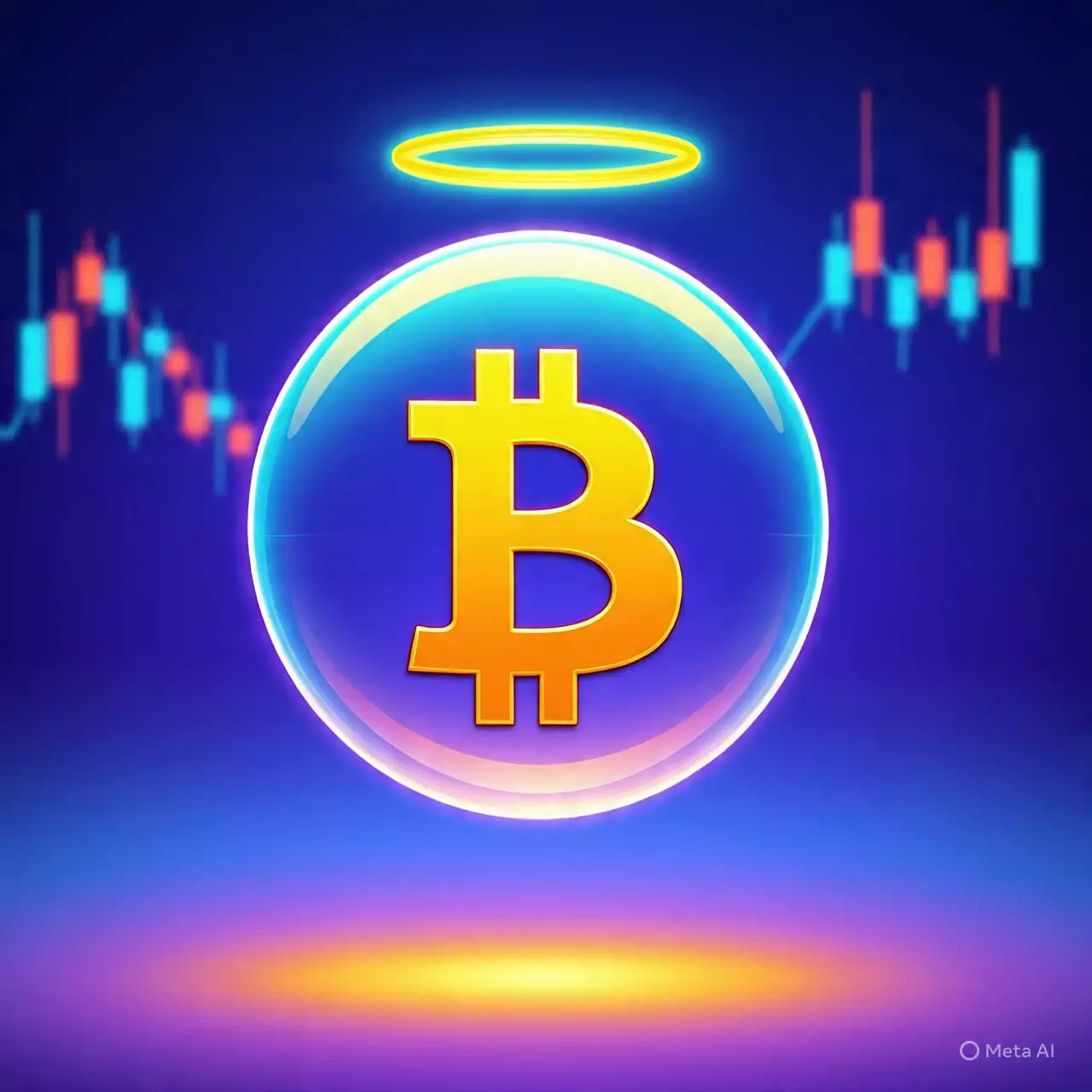In recent years, the global financial landscape has been painted with the broad brushstrokes of optimism — record-breaking stock markets, unprecedented cryptocurrency peaks, and seemingly endless fiscal stimulus. However, beneath this veneer of prosperity lies an unsettling truth: many of these gains are supported by fragile, artificially inflated bubbles. As veteran investor Robert Kiyosaki warns, these bubbles are primed to burst, threatening to unravel the economic fabric we have long taken for granted. The euphoria surrounding Bitcoin reaching a new high of over $123,000 may seem like a sign of unstoppable growth, but experienced observers know better. History repeatedly demonstrates that such exponential rises are often precursors to sharp corrections, and the current scenario is no different.
The “good news,” from a bullish perspective, is that these corrections could provide lucrative entry points for savvy investors. Yet, the broader reality is far grimmer, especially when considering mounting debt levels, rising inflation, and sluggish economic adjustments. The United States’ total national debt surpasses $36 trillion — a staggering figure that has doubled over the past decade. This debt load, combined with stubborn inflation that refuses to subside at the desired pace, destabilizes the foundations of economic stability. It suggests that these lofty market valuations might be built on unsustainable credit and reckless optimism rather than genuine growth, making the impending correction inevitable and more severe.
The Cryptocurrency Bubble: Just Another Sign of Impending Doom?
Bitcoin’s recent performance, while impressive, is increasingly viewed with skepticism by discerning investors. On-chain data reveals a mounting concern: whale-to-exchange transfers are reaching levels not seen since late 2024, indicating that large holders are beginning to offload a significant portion of their holdings. This movement hints at a strategic “sell the rally” mentality, a common prelude to a broader market correction. If history serves as a guide, institutional players, miners, and long-term holders are all aware of the risks and are actively locking in profits before the expected downturn unfolds.
Despite the fears, institutional support remains robust. Major firms are adding substantial amounts of Bitcoin to their treasuries, and regulated spot ETFs continue to draw investment, suggesting that many believe in a quick rebound. However, this dichotomy — between those profiting from short-term trades and others positioning for a longer-term recovery — underscores the market’s current volatility and fragility. It’s a delicate dance: one where exuberance is tempered by prudence, and caution often wins over complacency.
The Political and Economic Underpinnings of the Coming Storm
At the core of these turbulent tides is a broader question of trust in economic management. The U.S. debt crisis looms as an existential threat; it undermines confidence in the dollar and the stability of government-led fiscal policies. Simultaneously, inflation continues to gnaw at household savings and purchasing power, forcing consumers and investors alike to reevaluate their strategies. Such systemic stresses tend to catalyze panic in financial markets, and when combined with inflated asset bubbles, they have historically resulted in severe downturns.
In this context, the optimistic narrative of endless growth is fundamentally flawed. While central banks and governments may attempt to stave off recession through monetary easing and fiscal stimulus, these measures merely postpone the inevitable. The danger lies in believing that market gains can be sustained indefinitely when they are supported by nothing more than borrowed money, reckless speculation, and a refusal to confront reality. The fallout of these policies, once the bubbles burst, will likely be profound, affecting everything from retirement savings to national economic stability.
The Reckoning Is Near, and Only the Wise Will Prepare
For those within the center-right spectrum that advocates fiscal responsibility and prudent investment, the current climate presents both a warning and an opportunity. Yes, the immediate outlook appears bleak, with potential sharp corrections on the horizon. But this environment also favors disciplined, long-term investors who recognize the importance of resilience and skepticism. As Kiyosaki emphasizes, a correction in gold, silver, and Bitcoin isn’t necessarily a sign of impending doom — rather, it’s a chance to accumulate assets at undervalued prices.
However, it requires a clear-eyed acknowledgment of the risks rather than blind optimism. The era of easy gains, driven by unsound financial practices and speculative fervor, is rapidly coming to an end. Those who understand the underlying vulnerabilities will be better positioned to navigate the turbulent waters ahead, whether by capitalizing on downturns or by avoiding the most catastrophic pitfalls.
Ultimately, the mounting debt, inflation, and market exuberance suggest that a reckoning is unavoidable. Whether the initial burst will resemble a sharp correction or a catastrophic collapse remains uncertain, but the warning signs are unmistakable: the bubble is bursting, and only the prepared will survive the fallout.


Leave a Reply